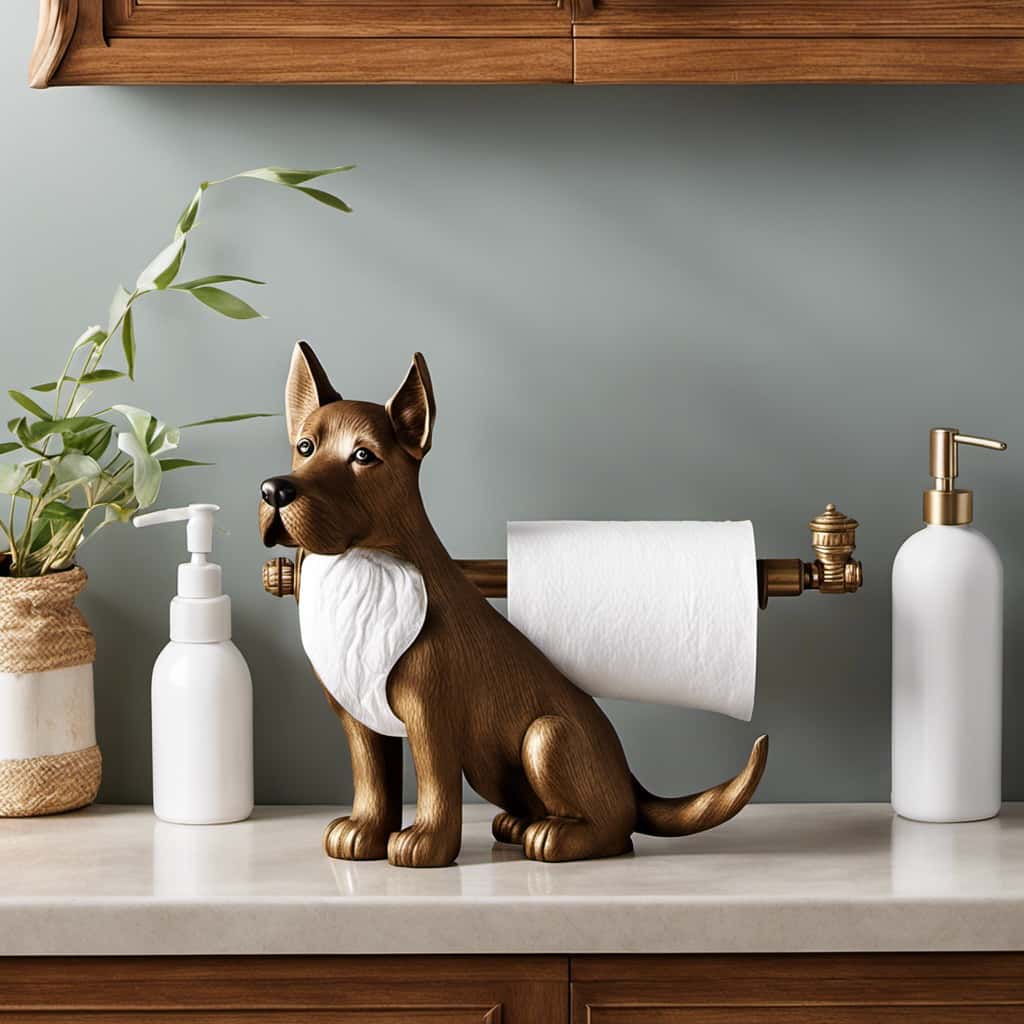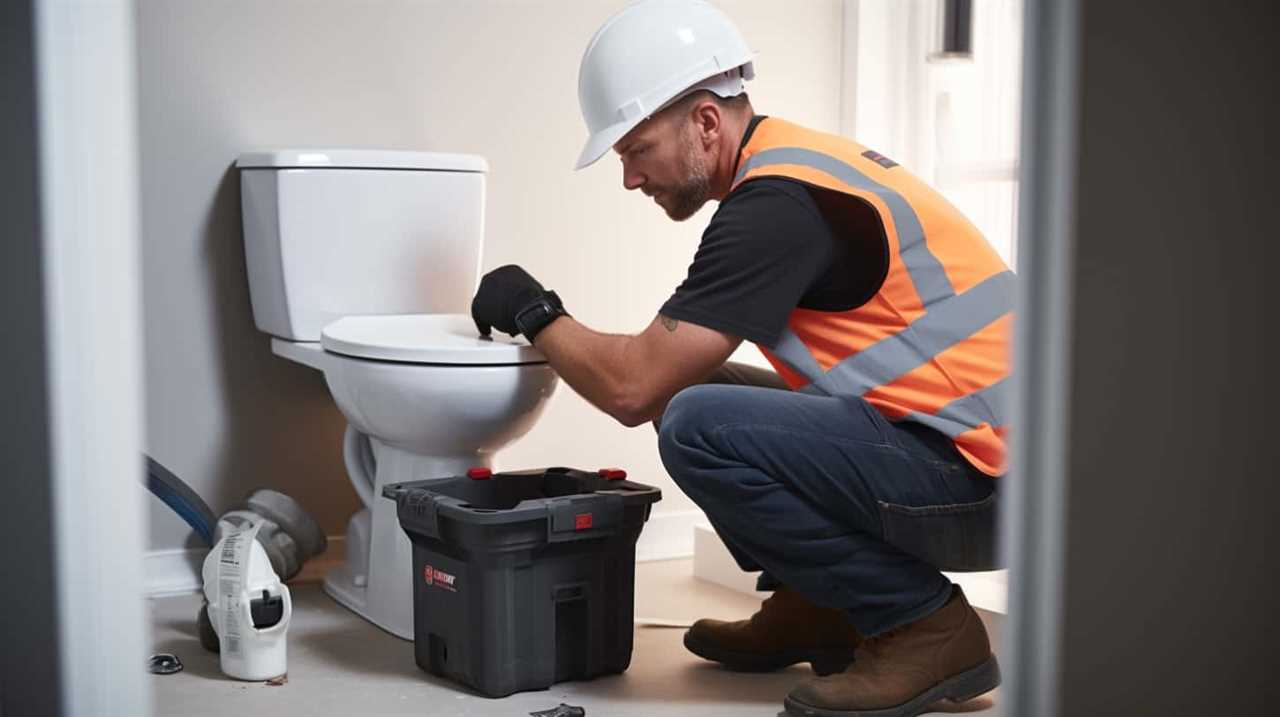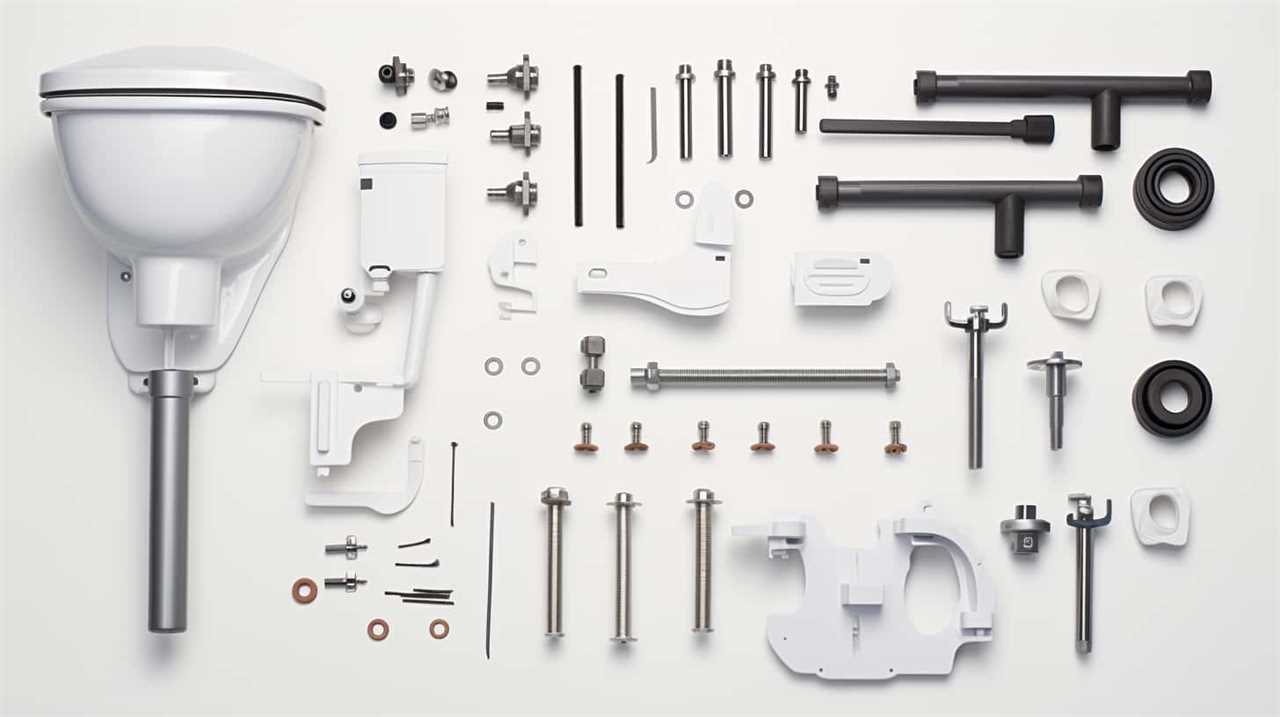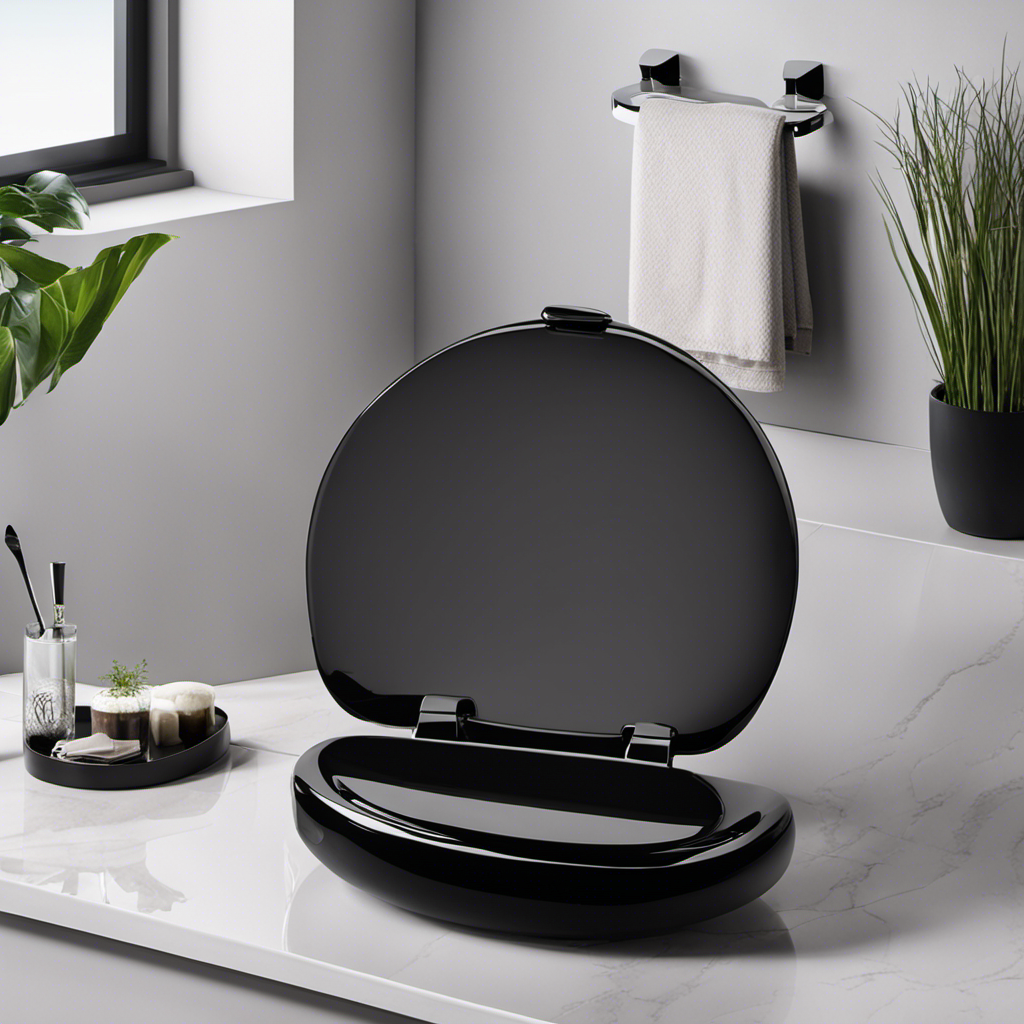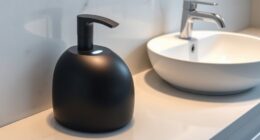Soft-close toilet seats have become a common feature in households, public restrooms, and commercial settings. These innovative seats utilize special hinges or dampers to provide a gentle closing mechanism, preventing the obnoxious sound of slamming.
The science behind soft-close toilet seats lies in the careful balance of friction and rotational motion. By understanding the physics behind these mechanisms, one can troubleshoot common issues and optimize performance.
In this article, we will delve into the mechanism, role of friction, common problems, and compatibility of soft-close toilet seats, shedding light on the fascinating science behind this everyday convenience.
Key Takeaways
- Soft closing hinges initiate a steady gliding motion when the seat is pushed, preventing slamming noise.
- Soft closing hinges consist of an axle, a grease layer, and an outer cylinder to control the rotatory motion of the seat and provide friction to slow down the seat.
- Loss of grease or cracked hinges can cause soft-close hinges to malfunction, but these issues can be solved by replacing the soft closing units.
- Soft-close toilet seats are easy to install, compatible with most standard toilets, and are designed to prevent slamming and provide a gentle closing mechanism.
The Mechanism of Soft Close Toilet Seats
The mechanism of soft close toilet seats involves the use of special hinges or dampers that control the closing speed of the seat and lid. These hinges are designed to provide a smooth and controlled motion when the seat is pushed, preventing any slamming noise.
One important aspect of these hinges is lubrication. The grease layer applied to the hinges provides the necessary friction to slow down the seat and ensure a damped, slow closing motion. Without proper lubrication, the soft close function may malfunction, causing the seat to slam shut.
In addition to lubrication, there is ongoing research and exploration of alternative materials for soft close toilet seats, aiming to improve durability and performance. These advancements contribute to the overall effectiveness and longevity of soft close toilet seats.
The Role of Friction in Soft Closing Hinges
Friction in the hinges of soft close seats provides the necessary resistance to slow down the motion.
The importance of proper maintenance for soft close hinges cannot be overstated, as it ensures the longevity and effectiveness of the soft close function. Regular inspection and lubrication of the hinges are essential to prevent any loss of friction or malfunction.
Grease, which is the key component in soft close hinges, can deteriorate over time, causing a decrease in friction and resulting in a seat that no longer closes softly. To address this issue, manufacturers are exploring alternative materials for soft close hinges that can provide improved durability and friction.
These alternative materials aim to enhance the performance of the hinges and reduce the need for frequent maintenance. By investing in proper maintenance and exploring innovative materials, the functionality and effectiveness of soft close hinges can be maximized.
Understanding the Physics Behind Soft Close Toilet Seats
Understanding the physics behind how toilet seats gently lower requires an examination of the forces at work. Soft close technology has revolutionized the way toilet seats function, providing a smooth and quiet closing mechanism. Advancements in soft close hinge design have played a crucial role in achieving this. Here are three key aspects to consider:
-
Damping: Soft close hinges utilize damping mechanisms to slow down the seat’s motion. This is achieved through the use of grease layers and friction, which create resistance and prevent the seat from slamming shut.
-
Opposing Forces: Soft close hinges work based on the principle of opposing forces. As the seat is pushed down, the hinge exerts an opposing force, gradually slowing down the motion until it reaches a gentle close.
-
Applications: Soft close technology is not limited to toilet seats. It is also used in kitchen cabinets and doors, providing a quieter and safer closing experience.
These advancements in soft close hinge design have greatly improved the functionality and user experience of toilet seats and other applications.
Common Issues With Soft Close Hinges and How to Solve Them
Soft close hinges can experience issues such as loss of grease, cracked hinges, and loss of friction, but these problems can be solved by replacing the soft closing units. Troubleshooting soft close hinges involves identifying the specific issue and taking appropriate action. For instance, loss of grease can be resolved by applying lubricant to the hinges. Cracked hinges may require replacement to ensure smooth operation. Loss of friction can be addressed by cleaning the hinges and applying a thin layer of grease. Regular maintenance tips for soft close toilet seats include cleaning the hinges regularly, avoiding excessive force, and ensuring proper alignment during installation. By following these maintenance tips and addressing any issues promptly, users can ensure the longevity and functionality of their soft close toilet seats.
| Common Issues | Solutions |
|---|---|
| Loss of grease | Apply lubricant to the hinges |
| Cracked hinges | Replace the hinges |
| Loss of friction | Clean the hinges and apply a thin layer of grease |
Adjusting Soft Close Hinges for Optimal Performance
The user can adjust the hinges of the toilet seat to optimize its performance. When it comes to soft close toilet seats, adjusting the hinges is crucial for ensuring smooth and effective operation.
Here are some benefits of adjusting soft close hinges:
-
Enhanced functionality: By properly adjusting the hinges, users can optimize the soft close feature, allowing for a gentle and controlled closing motion of the seat and lid.
-
Noise reduction: Adjusting the hinges can minimize any potential slamming noise, creating a more peaceful and comfortable bathroom experience.
-
Extended lifespan: Properly adjusted hinges help prevent unnecessary wear and tear on the seat and bowl, ultimately prolonging the lifespan of the toilet seat.
Compatibility of Soft Close Toilet Seats With Different Toilets
Soft-close toilet seats are compatible with a variety of different toilets, ensuring a gentle and controlled closing mechanism. These seats use special hinges or dampers that control the closing speed of the seat and lid, preventing slamming and reducing noise.
One advantage of soft-close toilet seats is their ease of installation, as they are compatible with most standard toilets. Additionally, they are a popular choice for households, public restrooms, and commercial settings due to their ability to prevent damage to the toilet seat and bowl.
However, there are some disadvantages to consider. Over time, the soft-close function may malfunction due to loss of grease, cracked hinges, or loss of friction in the dampers. Fortunately, these issues can be resolved by replacing the soft closing units with company-provided or compatible hinges. It is important to note that quality soft-close seats are less likely to face these problems.
Benefits of Using Soft Close Toilet Seats in Various Settings
Using special hinges or dampers, soft close toilet seats provide a gentle and controlled closing mechanism, preventing slamming and reducing noise in various settings.
Increased comfort: Soft close toilet seats offer a more comfortable experience by eliminating the jarring impact of a slamming seat.
Enhanced durability: The controlled closing mechanism of soft close seats prevents damage to the toilet seat and bowl, increasing their lifespan.
Easy installation: Soft close toilet seats are designed to be compatible with most standard toilets, making them easy to install without the need for professional assistance.
To install a soft close toilet seat, simply remove the existing seat and attach the new one using the provided hinges or dampers. Ensure that the dimensions of the seat and hinges match the toilet bowl for a proper fit.
With their advantages and simple installation process, soft close toilet seats are a popular choice for households, public restrooms, and commercial settings.
Conclusion
In conclusion, soft-close toilet seats are a popular choice for households, public restrooms, and commercial settings. This is due to their easy installation and compatibility with most standard toilets.
The science behind soft-close toilet seats involves a mechanism of hinges, a grease layer, and an outer cylinder. These components work together to provide a gentle closing motion and reduce noise.
One interesting statistic is that soft-close toilet seats can fit all toilets if the dimensions and hinges match. This makes them a versatile option for any bathroom.
With their ability to prevent slamming and minimize noise, soft-close toilet seats offer a superior and more comfortable experience for users.

